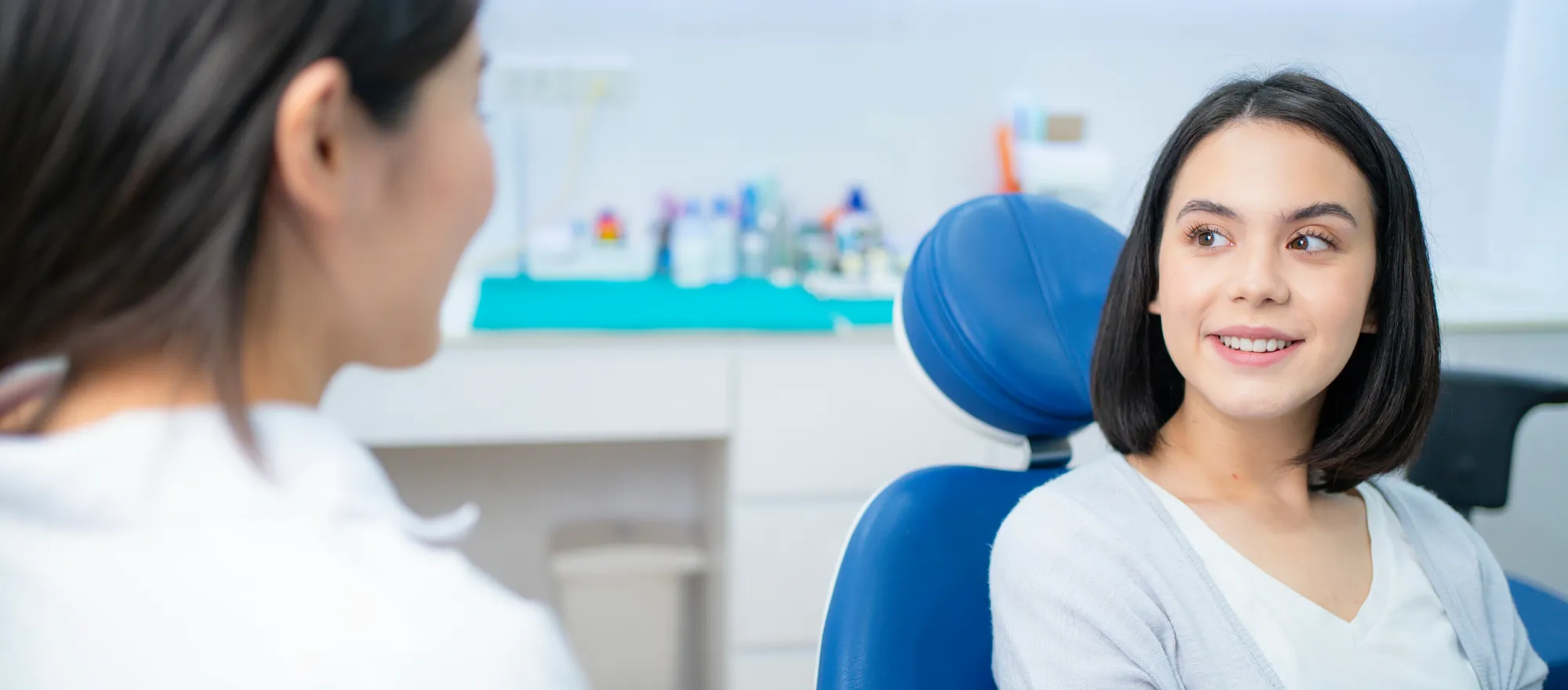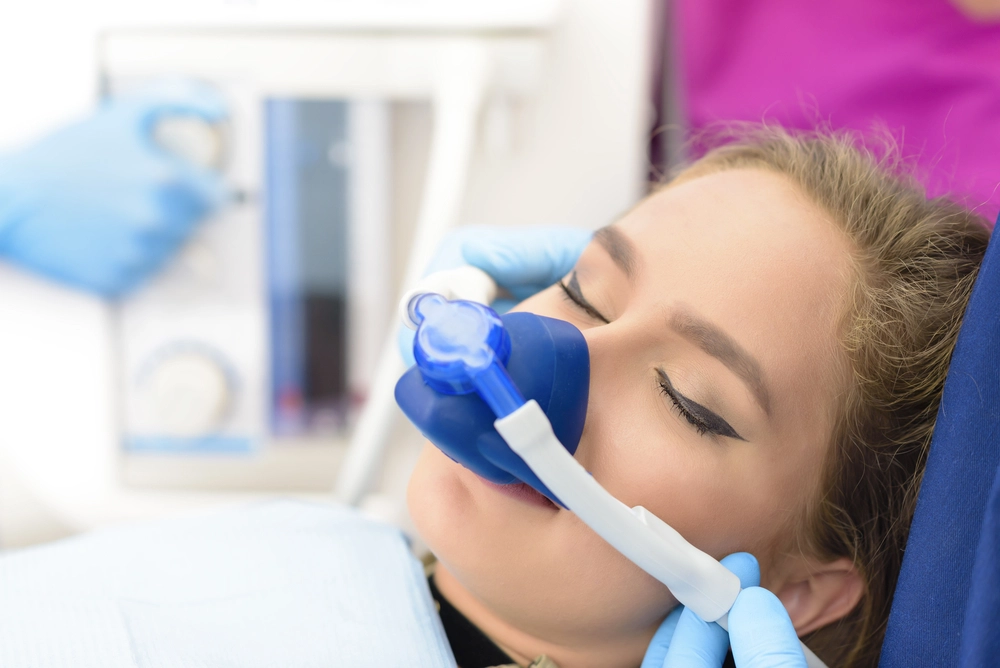Sedation Options

Options for Dental Sedation
There are several reasons why dental sedation may be necessary. If you must undergo an extensive restorative procedure, or if you experience dental fear or anxiety when visiting the dentist’s office, then sedation can help you remain calm, still, and relaxed so your procedure can be completed smoothly and comfortably.
At Illume Dental, we understand that everyone is different, and exhibits a unique set of needs and preferences. Therefore, we offer a variety of safe and effective dental sedation options that can be tailored to meet your specific needs.

Your comfort matters.
In the Office
Depending on the extent of your treatment and/or the severity of your dental anxiety, Dr. Chen may recommend one or a combination of types of dental sedation, such as:
Nitrous Oxide
Also known as laughing gas, nitrous oxide (N2O) is a mild sedative that is inhaled through a mask worn over the nose. Despite its nickname, nitrous oxide doesn’t make you laugh uncontrollably, but it does create a slightly-euphoric feeling to make you feel calm, comfortable, and care-free. Because the gas is exhaled immediately after you inhale, it does not linger in your system, and the effects of nitrous oxide dissipate almost instantly after you remove the mask.

Oral Conscious Sedation
Unlike laughing gas, oral conscious sedation is taken as a pill or liquid the night and/or morning before your appointment. The effects of oral sedation are not instantaneous, like nitrous oxide, but they are stronger, and you should plan on bringing a responsible adult to your appointment to drive you home afterwards. In some cases, oral sedation may be combined with nitrous oxide for patients who require a stronger sedative effect.

IV Sedation
IV sedation, or intravenous sedation, is the most potent form of dental sedation, and is administered through an IV directly into your bloodstream. IV sedation is typically reserved for patients with severe dental fear, or who require extensive treatment, such as oral surgery. An anesthesiologist will be present to administer the sedative, and to monitor you and your sedation levels during your procedure.
